28, Oct 2023
Christmas Eve 1914: A World War I Story
Christmas Eve 1914: A World War I Story
Related Articles: Christmas Eve 1914: A World War I Story
- Christmas Eve Greetings 2024: Warmest Wishes For A Joyous And Peaceful Holiday Season
- Christmas Dress At Walmart 2024: A Season Of Style And Value
- Christmas Eve Near Me 2024: A Festive Guide To Unforgettable Celebrations
- Christmas Drawing Inspiration 2024: Captivating Ideas For Festive Art
- Christmas Eve Vikings Game 2024: A Festive Football Feast
Introduction
With great pleasure, we will explore the intriguing topic related to Christmas Eve 1914: A World War I Story. Let’s weave interesting information and offer fresh perspectives to the readers.
Table of Content
Video about Christmas Eve 1914: A World War I Story
Christmas Eve 1914: A World War I Story

On Christmas Eve 1914, amidst the horrors of World War I, an extraordinary event occurred on the Western Front. In the trenches, where soldiers from opposing sides had been locked in fierce combat for months, a spontaneous and unofficial ceasefire took hold.
The Prelude to the Ceasefire
As Christmas approached, the fighting had intensified, with both sides desperate to gain an advantage before the holiday. However, the harsh conditions of the trenches, with their constant rain, mud, and lice, had taken a heavy toll on the morale of the troops.
In the days leading up to Christmas, a sense of unease hung in the air. The soldiers, weary of the bloodshed and longing for a respite from the fighting, began to whisper about a possible truce. Rumors spread that German soldiers were singing carols and decorating their trenches with Christmas trees.
The First Signs of Peace
On Christmas Eve, the first signs of a ceasefire emerged. German soldiers cautiously emerged from their trenches and approached the British lines. They called out greetings in broken English and offered cigarettes. The British soldiers, initially wary, reciprocated the gesture.
Soon, soldiers from both sides were mingling in no man’s land, exchanging gifts and singing carols. They shared stories, laughter, and a brief moment of camaraderie. The trenches that had once been filled with hatred and violence were transformed into a surreal and peaceful setting.
The Christmas Truce
The ceasefire, which began informally on Christmas Eve, lasted for several days. Soldiers from both sides played football, exchanged food and souvenirs, and even held impromptu concerts. The fighting, at least in this small sector of the front, had ceased.
The truce was not without its critics. Some commanders condemned it as a breach of discipline, while others saw it as a sign of weakness. However, for the soldiers who had experienced the horrors of trench warfare, the Christmas Truce was a precious and unforgettable moment of respite.
The Aftermath of the Truce
The Christmas Truce did not end the war. The fighting resumed after a few days, and the conflict continued for another four years. However, the memory of the truce lived on, serving as a testament to the human spirit’s ability to find moments of compassion and hope even in the darkest of times.
The Significance of the Christmas Truce
The Christmas Truce of 1914 has become a legendary event in the history of World War I. It is a reminder that even in the midst of war, humanity can prevail. The truce showed that the soldiers, despite their differences, were ultimately human beings with shared hopes and dreams.
The Christmas Truce has also been interpreted as a symbol of the futility of war. It highlighted the senselessness of the fighting and the tragic waste of human life. The soldiers who participated in the truce realized that they had more in common with their enemies than they did with their own commanders.
The Legacy of the Christmas Truce
The Christmas Truce has left a lasting legacy. It has inspired countless works of art, literature, and film. It has also served as a model for peace and reconciliation efforts around the world.
In 1981, a memorial was erected in the town of Ypres, Belgium, to commemorate the Christmas Truce. The memorial features a statue of two soldiers, one German and one British, shaking hands across a barbed wire fence.
The Christmas Truce of 1914: A Story of Hope and Humanity
The Christmas Truce of 1914 is a powerful story of hope and humanity. It is a reminder that even in the darkest of times, the human spirit can find a way to triumph. The truce serves as a testament to the indomitable nature of the human spirit and the possibility of peace even in the most desperate of circumstances.
Additional Historical Details:
- The Christmas Truce took place in a small sector of the Western Front, primarily in the area around the town of Ypres, Belgium.
- The truce began on Christmas Eve, December 24, 1914, and lasted for several days, ending around December 26.
- The ceasefire was not officially sanctioned by any of the military commanders. It was initiated and maintained by the soldiers themselves.
- The truce extended beyond the exchange of gifts and carols. Soldiers also played football, organized impromptu concerts, and exchanged food and souvenirs.
- Some commanders attempted to suppress the truce, while others turned a blind eye to it.
- The Christmas Truce had a profound impact on the morale of the troops. It gave them a brief respite from the horrors of war and allowed them to connect with their enemies as human beings.
- The memory of the Christmas Truce has lived on as a symbol of hope and reconciliation. It has inspired countless works of art, literature, and film, and has served as a model for peace and reconciliation efforts around the world.
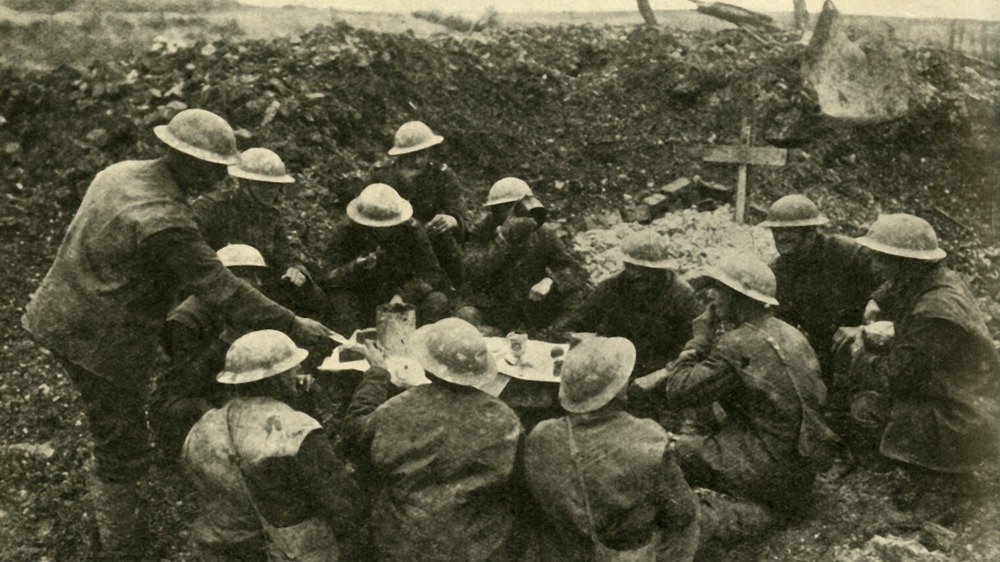


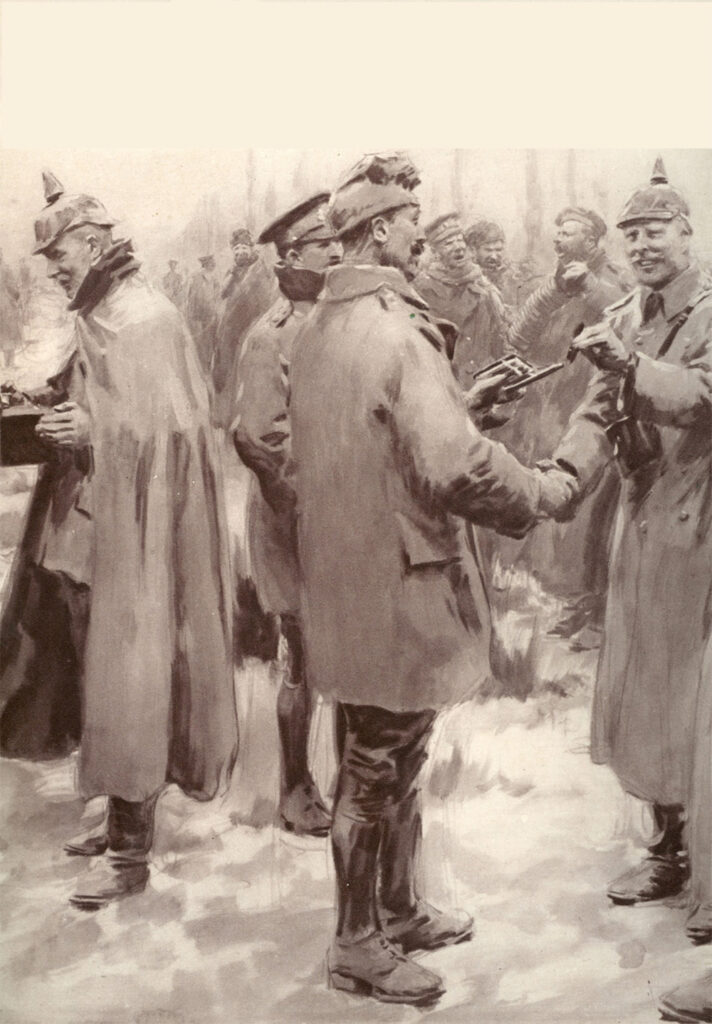

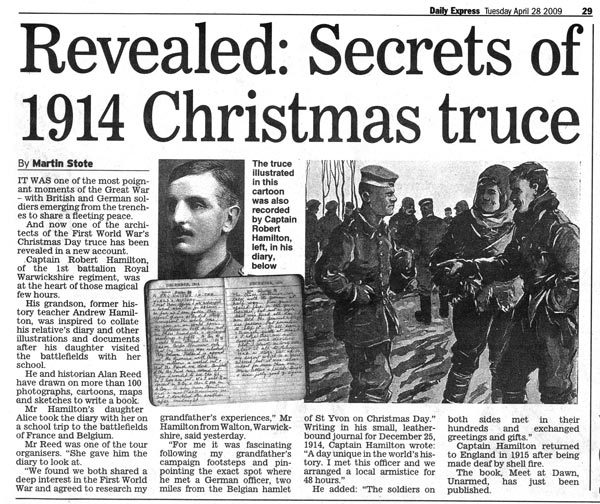
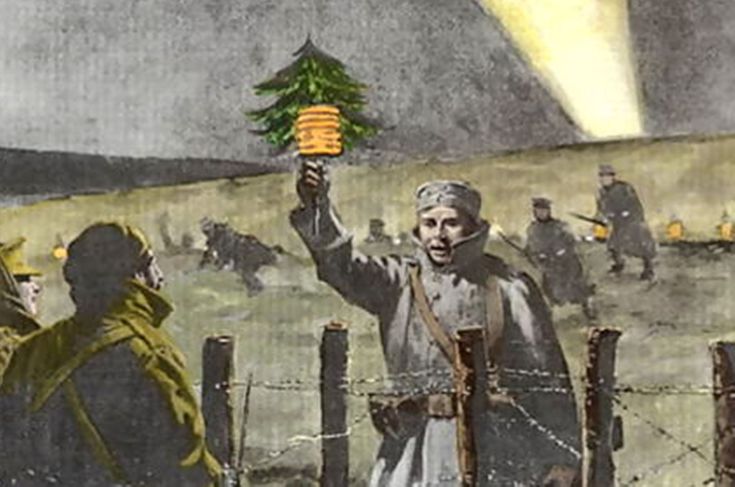
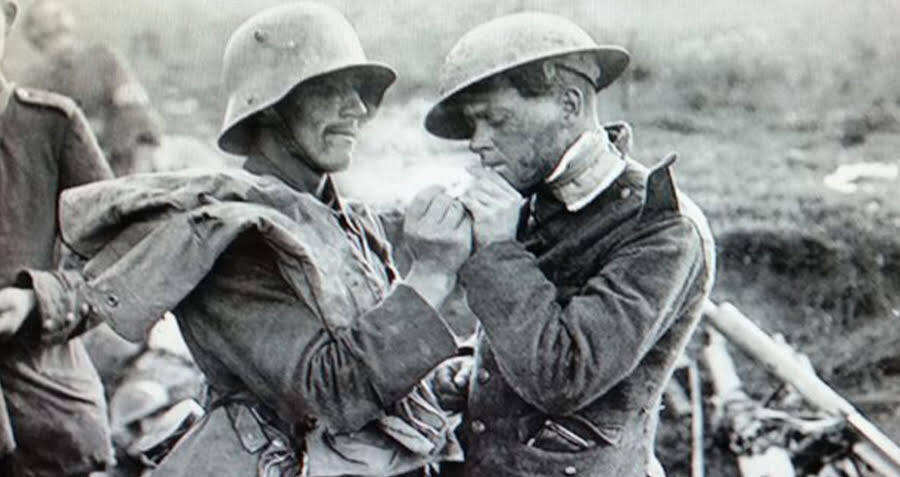
Closure
Thus, we hope this article has provided valuable insights into Christmas Eve 1914: A World War I Story. We thank you for taking the time to read this article. See you in our next article!
- 0
- By admin